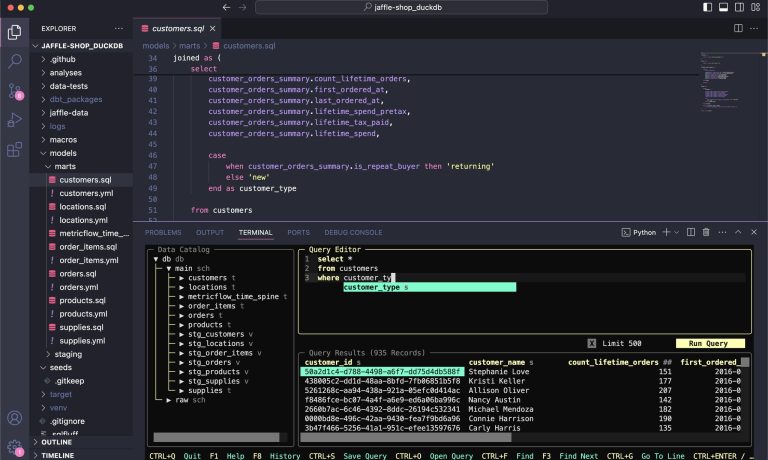Machine Learning (ML) continues to evolve at a breakneck pace, and Python remains the lingua franca of this dynamic field. As we step into 2024, the Python ecosystem is more vibrant than ever, offering a wealth of libraries that cater to various aspects of machine learning. From data preprocessing to model deployment, these libraries simplify the workflow, enabling faster and more efficient model development. Here’s a rundown of the top 10 machine learning Python libraries you should be looking at in 2024:
Data Pre-processing for ML
🟢 Pandas
While primarily a data manipulation library, Pandas is indispensable in the data preprocessing phase of machine learning. Its powerful data structures simplify the handling and analysis of large datasets. Link to Pandas
Difficulty ⭐⭐★★★
🟢 NumPy
NumPy is the foundational library for scientific computing in Python. It provides support for large, multi-dimensional arrays and matrices, along with a collection of high-level mathematical functions to operate on these arrays. Link to NumPy
Difficulty ⭐⭐⭐★★
Machine Learning Libraries
🟢 PyCaret
PyCaret is a low-code machine learning library in Python, designed for swift and effortless model deployment. Ideal for business analysts and data scientists seeking quick results, it automates key ML processes like data preprocessing, model training, and hyperparameter tuning. PyCaret’s user-friendly approach significantly reduces the complexity and time involved in the machine learning workflow, making it a popular choice for streamlined model development. Link to PyCaret
Difficulty ⭐⭐★★★
🟢 Scikit-learn
Scikit-learn is the bread and butter for traditional machine learning algorithms. It provides a wide array of tools for statistical modeling including classification, regression, clustering, and dimensionality reduction. Link to Scikit-learn
Difficulty ⭐⭐⭐★★
🟢 XGBoost
XGBoost is a highly efficient and scalable implementation of gradient boosting. It has been the winning algorithm in many Kaggle competitions and is widely used in industry for its performance and speed. Link to XGBoost
Difficulty ⭐⭐⭐★★
🟢 LightGBM
Developed by Microsoft, LightGBM is another gradient boosting framework that is designed for distributed and efficient learning. It is especially effective for large-scale machine learning tasks. Link to LightGBM
Difficulty ⭐⭐⭐★★
🟢 Keras
Keras, now a part of TensorFlow, stands out for its simplicity and modularity. It’s an excellent choice for beginners and those who want to prototype models quickly without delving into complex code. Link to Keras
Difficulty ⭐⭐⭐⭐★
🟢TensorFlow
TensorFlow, developed by Google, remains a powerhouse in the ML landscape. Known for its flexibility and robustness, it is widely used for developing and training machine-learning models. With continuous updates and a strong community, TensorFlow is a go-to for deep learning applications. Link to TensorFlow
Difficulty ⭐⭐⭐⭐⭐
🟢 PyTorch
Originally developed by Facebook’s AI Research lab, PyTorch has gained immense popularity for its user-friendly interface and dynamic computation graph. It’s particularly favored in academia and research for its ease of use in developing complex models. Link to PyTorch
Difficulty ⭐⭐⭐⭐⭐
🟢 spaCy
spaCy is a popular library for advanced natural language processing (NLP). It’s designed to handle large text datasets efficiently and integrates smoothly with deep learning frameworks. Link to spaCy
Difficulty ⭐⭐⭐★★


